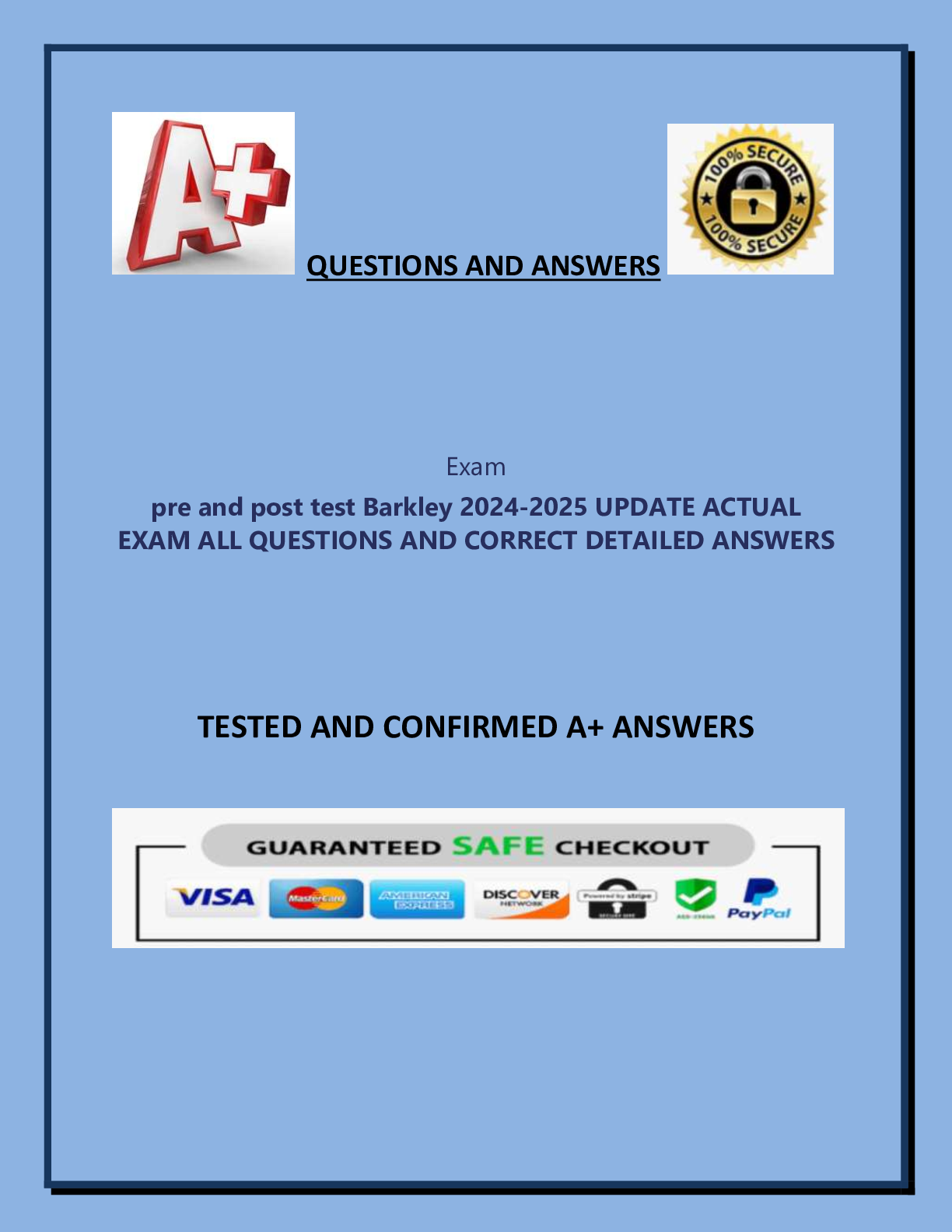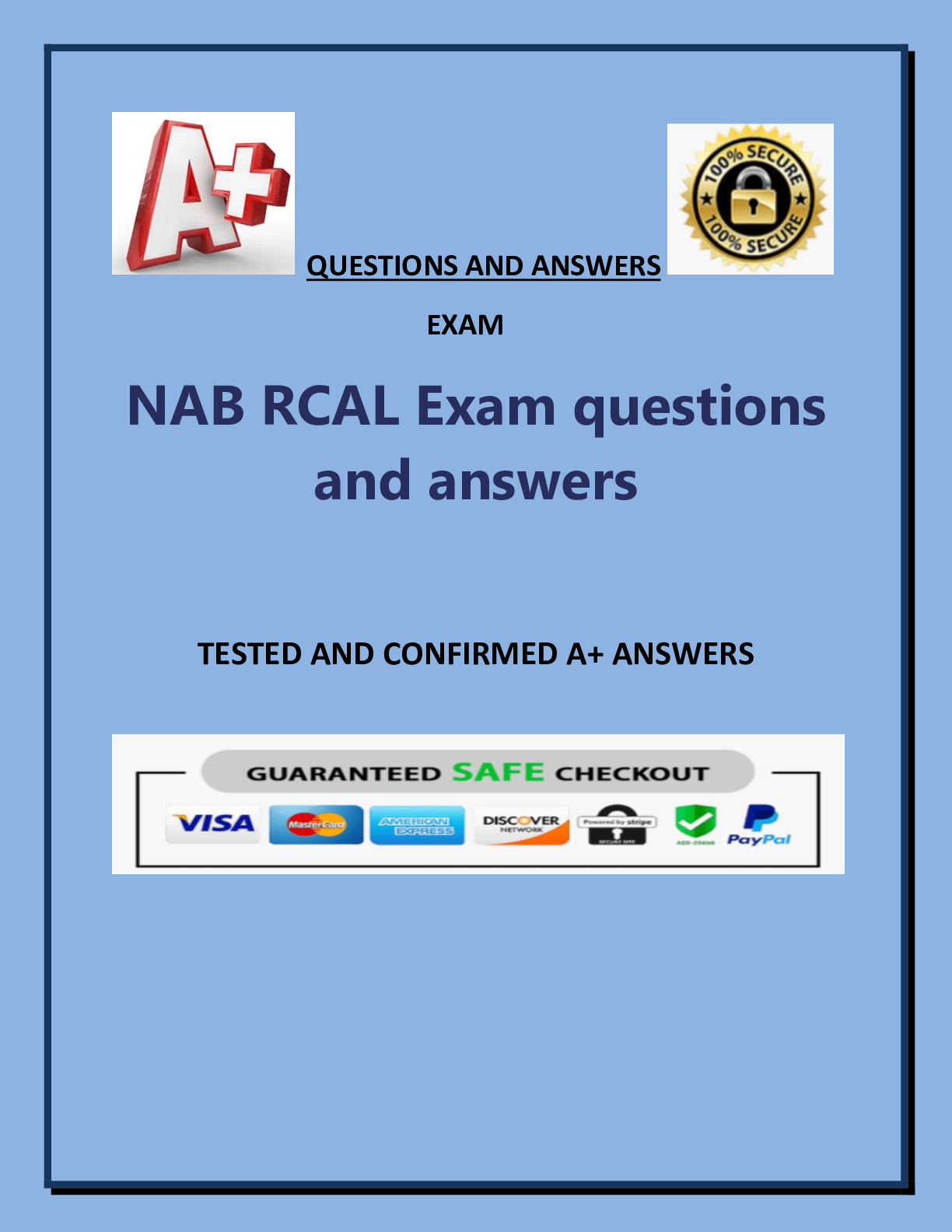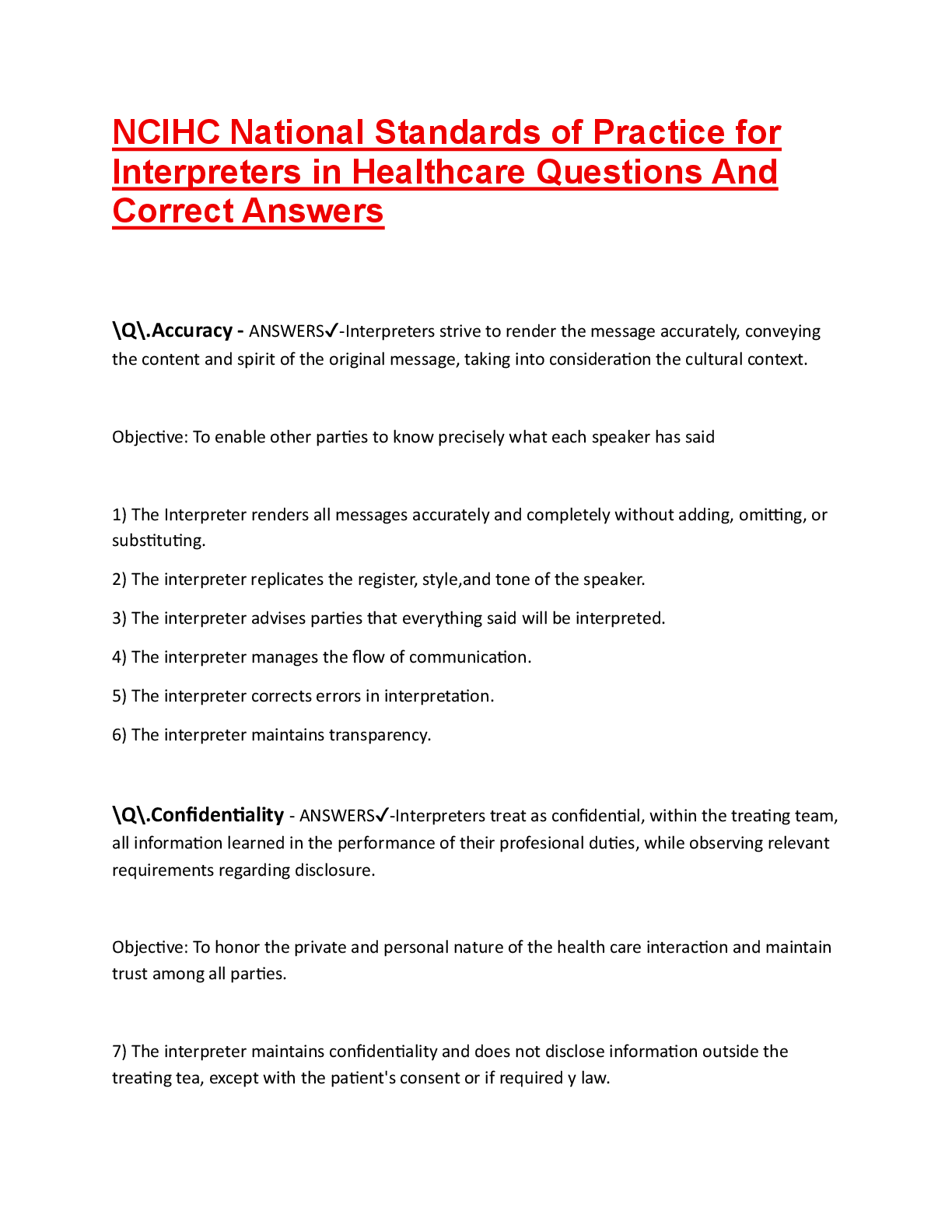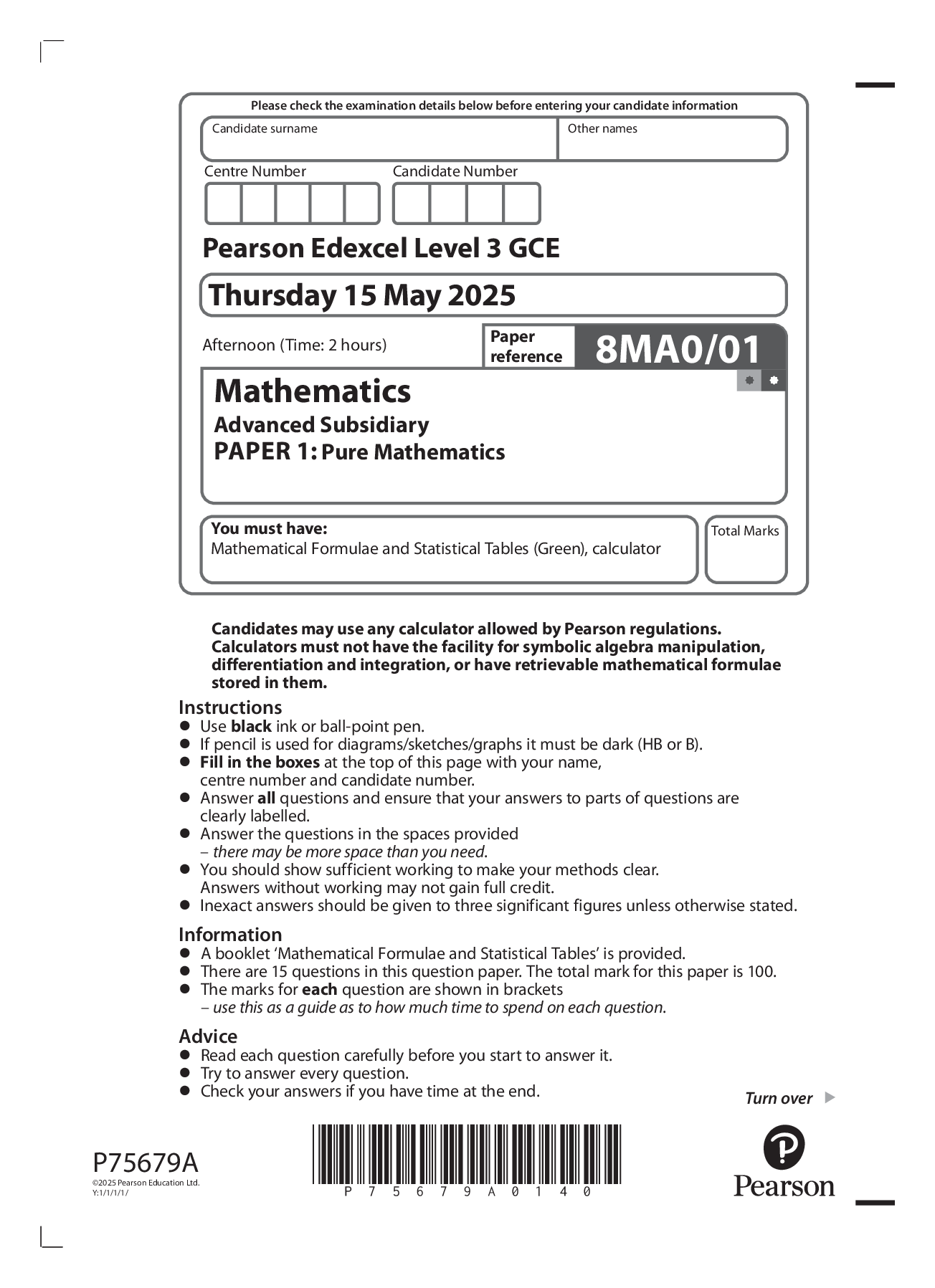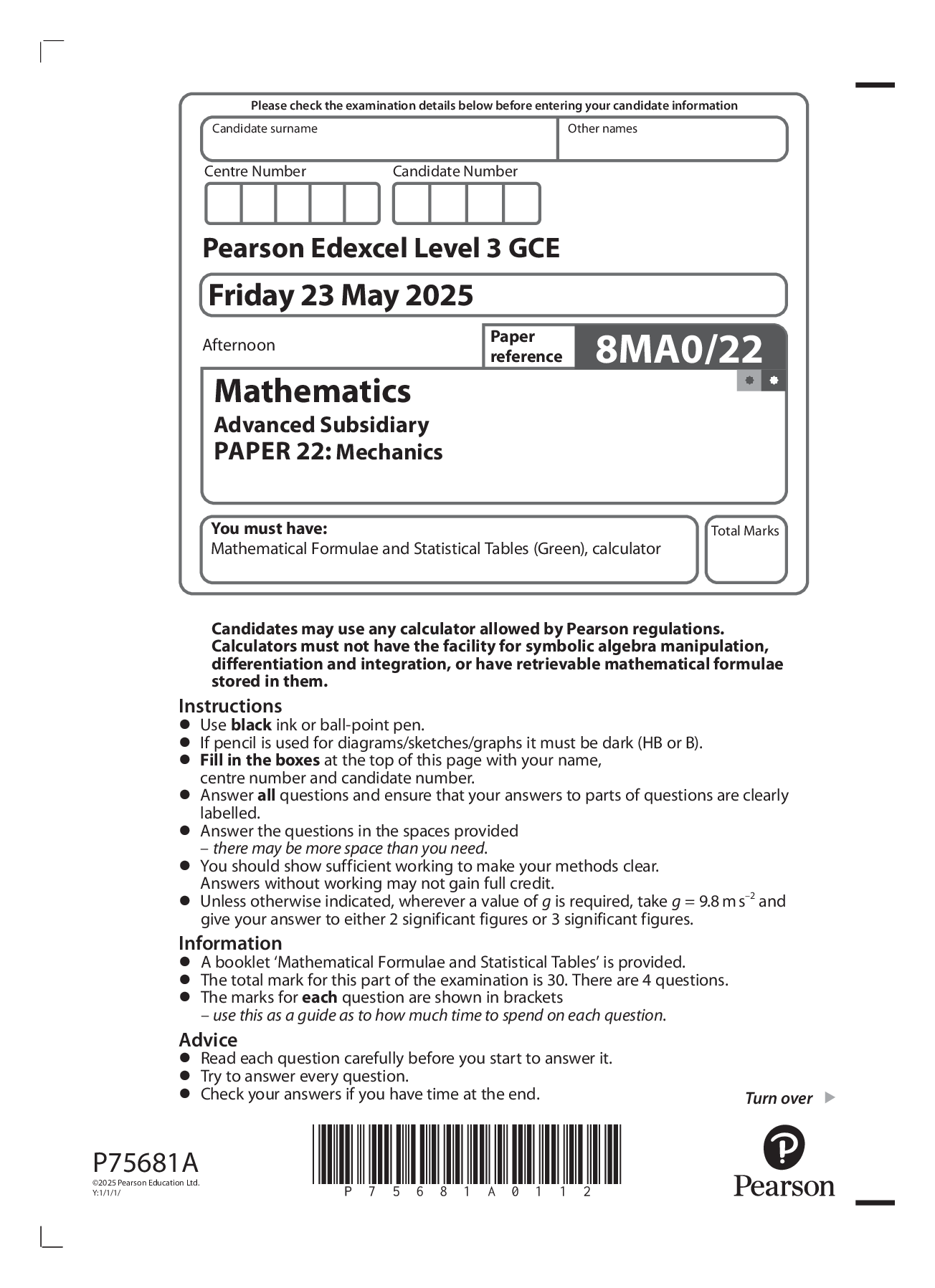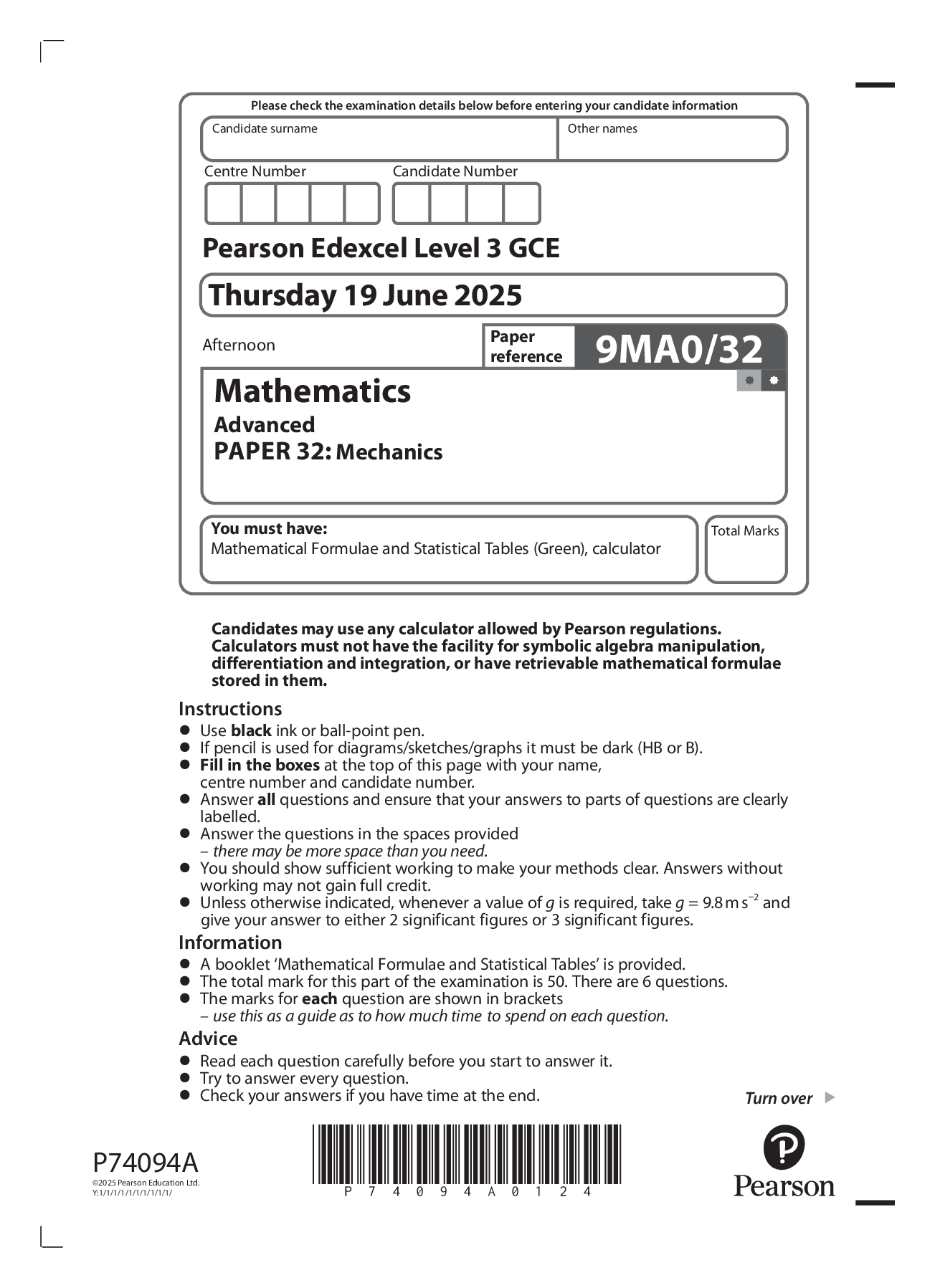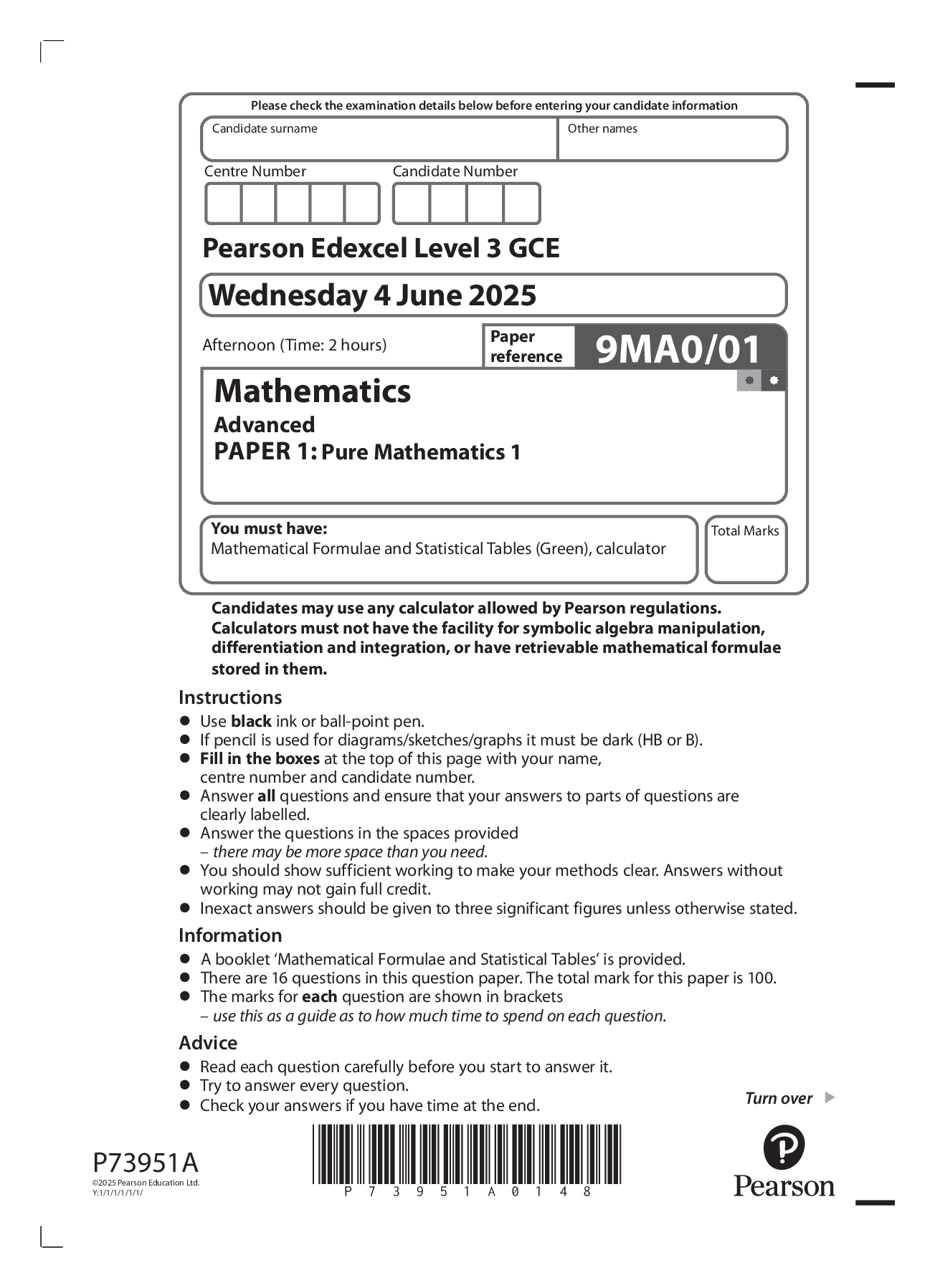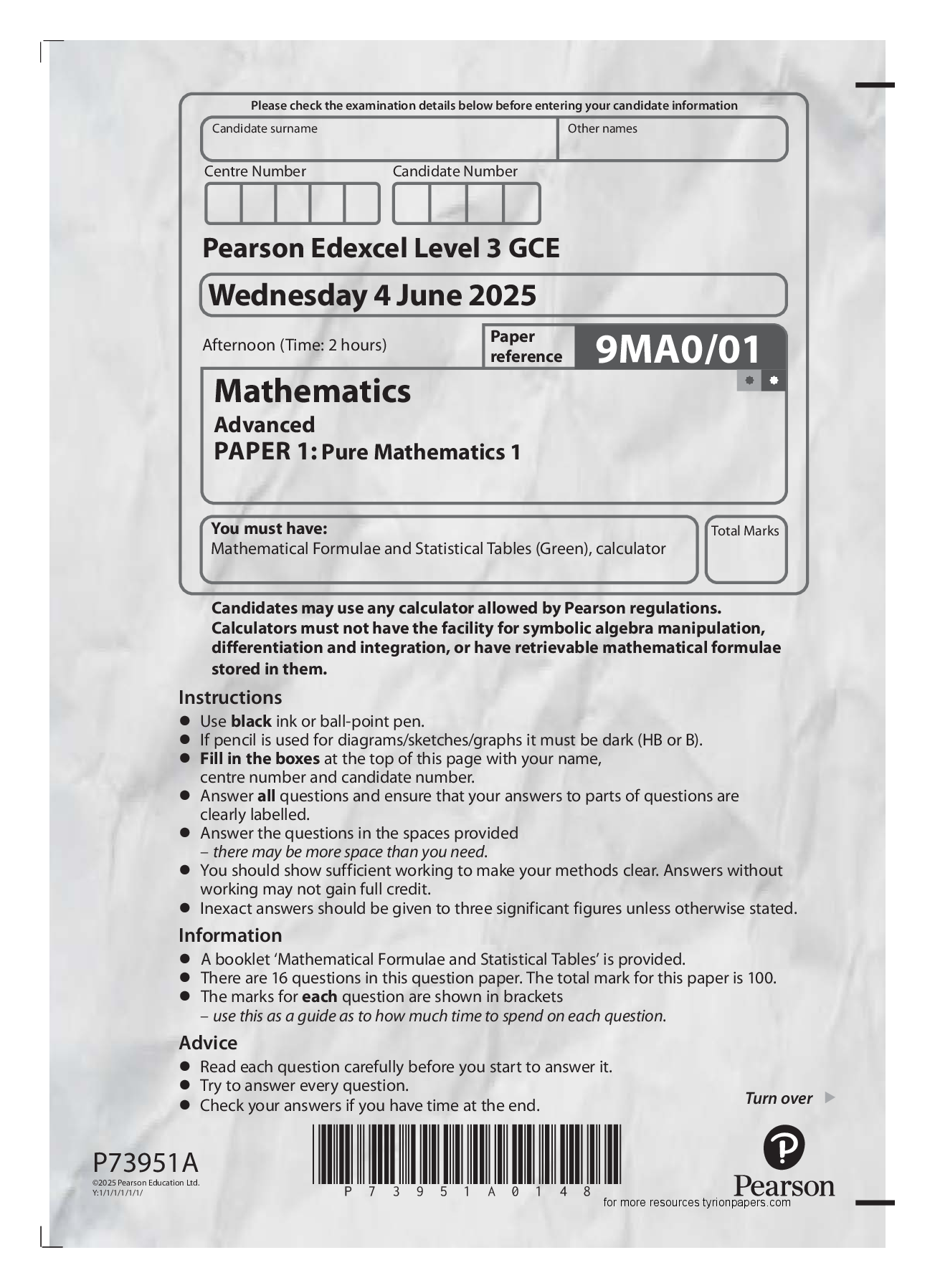Financial Accounting > A-Level Question Paper > Solutions Manual for Accounting Principles, (All)
Solutions Manual for Accounting Principles,
Document Content and Description Below
Chapter Outline Unearned Revenues are another form of liability which results when customers pay in advance for products or services. Other Liabilities include wages payable, taxes payable and in ... terest payable. 3. Equity Accounts include Owner Capital, Owner Withdrawals, and a separate account for each type of Revenue and Expense. The owner capital account will be used for owner investments only. Students often try to keep using this account at this point. It should be pointed out that this account’s transactions will be very few in comparison with the revenue and expense accounts. Owner withdrawals is also a new concept for students at this point. The chart of accounts is a list of all the accounts. III. Debits and Credits ( LO3) A T-account is a helpful learning tool representing all accounts in the ledger. It shows the effects of transactions and events on specific accounts. 1. The left side of an account is called the debit side. A debit is an entry on the left side of an account. 2. The right side of an account is called the credit side. A credit is an entry on the right side of an account. 3. An account balance is the difference between the increases and decreases recorded in an account. Otherwise explained, the account balance is the difference between the increases (including the beginning balance) and decreases recorded in an account Assets are on the left side of the fundamental accounting equation. Therefore the left or debit side of the T-account is the normal balance for assets. Liabilities and equity are on the right side therefore the right or the credit side is the normal balance for liabilities and equity. Withdrawals, revenues, and expenses are essentially changes in owner’s equity but it is necessary to set-up temporary accounts for each of these items to accumulate data for statements. Withdrawals and expense accounts represent decreases in owner’s equity therefore they are assigned debit balances. Revenue accounts represent increases in owner’s equity and therefore they are assigned credit balances. Double-entry accounting is an accounting system that records the effects of transactions and other events in at least two accounts with equal debts and credits. The total amount debited must equal the total amount credited. Therefore, the sum of the debit account balances in the ledger must equal the sum of the credit account balances. (Note: It is extremely important for students to practice analyzing each of the basic transactions into debits and credits.) Note: It is crucial that students understand basic debit-credit theory. After introducing the rules, illustrative transactions can be presented by: • Analyzing the transaction • Determining the types of accounts affected (asset, liability, equity, revenue, expense) • Determining which accounts increase and/or decrease • Converting the increase/decrease to debit/credit. [Show More]
Last updated: 2 years ago
Preview 1 out of 10 pages

Buy this document to get the full access instantly
Instant Download Access after purchase
Buy NowInstant download
We Accept:

Reviews( 0 )
$19.00
Can't find what you want? Try our AI powered Search
Document information
Connected school, study & course
About the document
Uploaded On
Oct 31, 2023
Number of pages
10
Written in
All
Additional information
This document has been written for:
Uploaded
Oct 31, 2023
Downloads
0
Views
54





